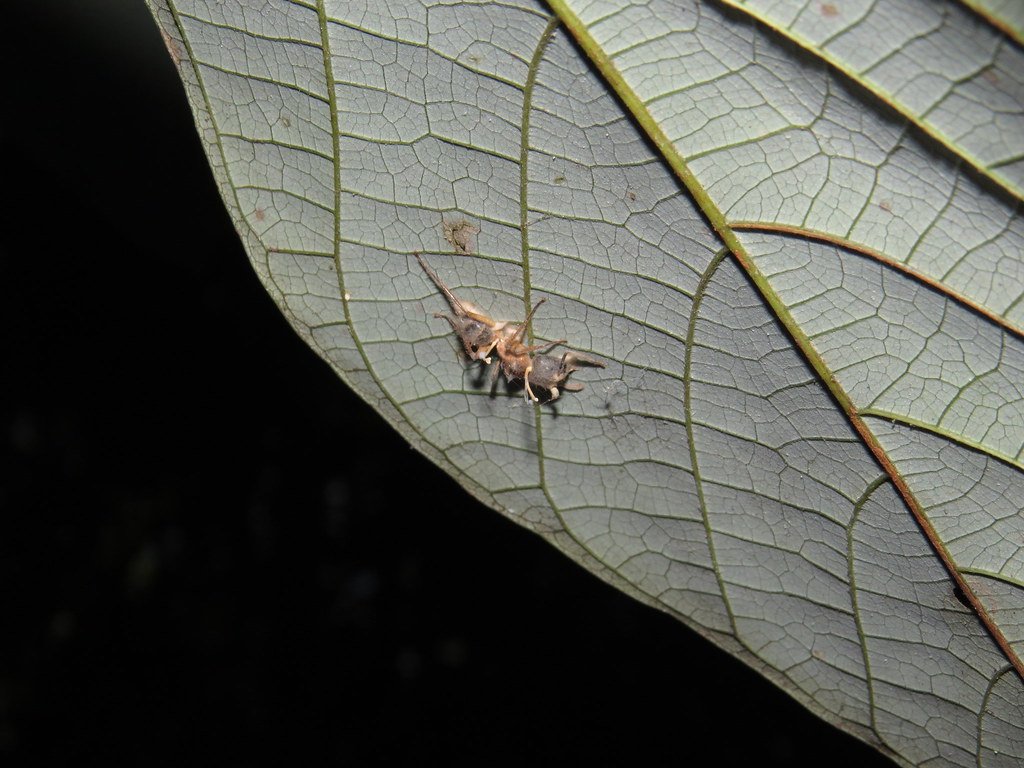Ever imagined what it would feel like to lose control of your own body—your every move hijacked by an invisible puppet master? Deep within the world’s lush rainforests, this is no horror movie plot but a daily reality for thousands of unsuspecting ants. A bizarre and utterly captivating fungus, Ophiocordyceps, has evolved the power to invade ant colonies, override their instincts, and turn them into real-life “zombies.” But the story gets even wilder: scientists have discovered that this fungus doesn’t just target an individual—it can manipulate entire species, rewriting the rules of life and death in the insect kingdom. Get ready to dive into one of nature’s most shocking, chilling, and awe-inspiring mysteries.
Ophiocordyceps: The Puppet Master Fungus
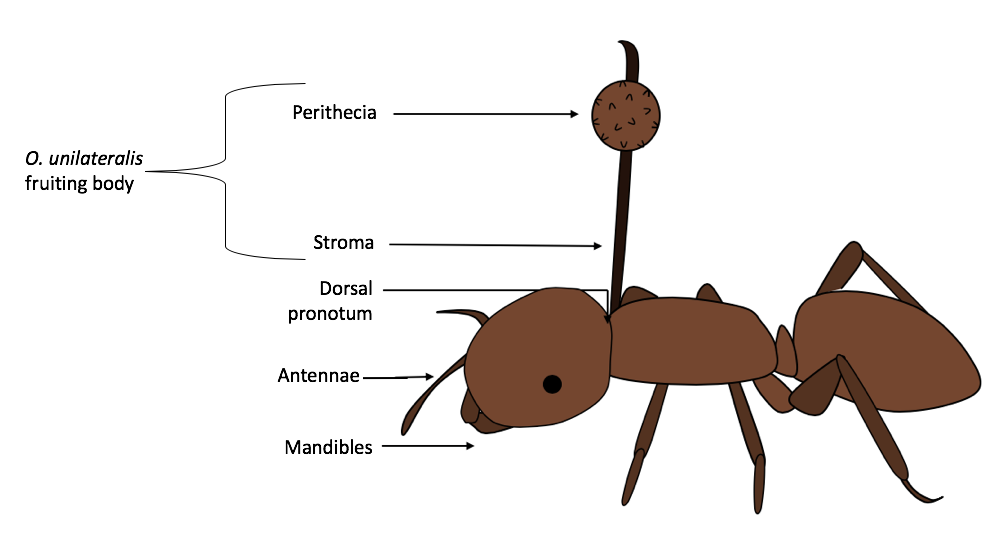
Ophiocordyceps, often called the “zombie-ant fungus,” is a genus of parasitic fungi infamous for its mind-bending powers over insects. Unlike most parasites that simply feed on their hosts, Ophiocordyceps has evolved a much darker talent: it invades the ant’s body, grows inside its tissues, and eventually takes over its nervous system. The infected ant is forced to leave its colony, climb to a particular height, and clamp onto vegetation—a behavior so precise it baffles even veteran scientists. What makes Ophiocordyceps so fascinating is how specific it is: each fungus species is finely tuned to manipulate specific ant species, suggesting an intricate evolutionary dance spanning millions of years. Imagine a plant that could reprogram only golden retrievers and ignore every other dog. That’s the level of specialization we’re talking about here.
The Chilling Infection Process
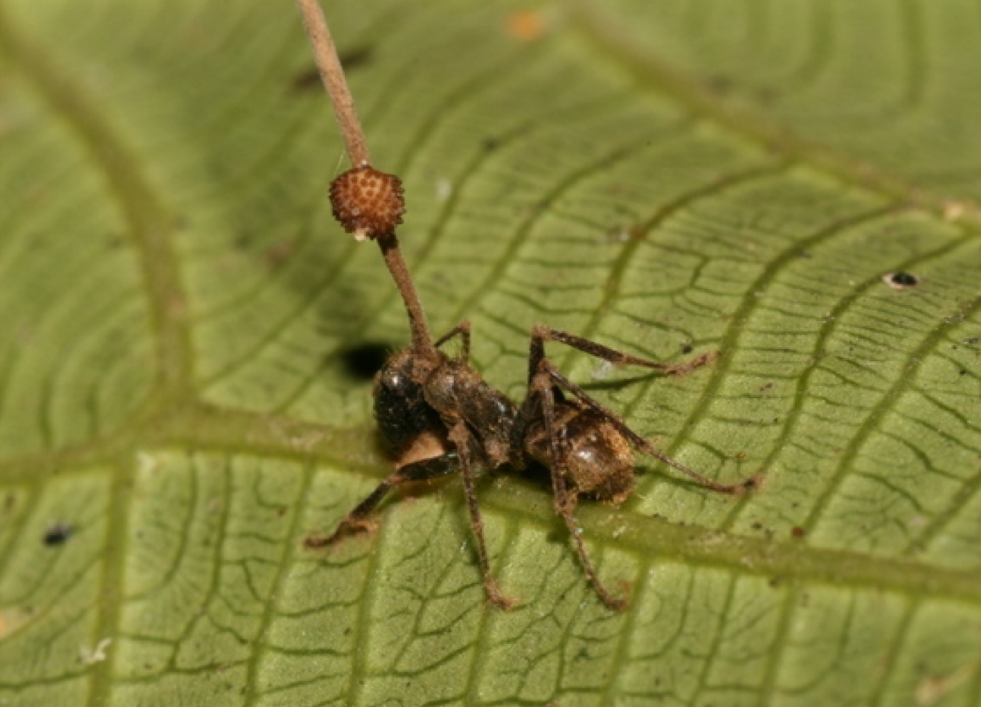
The infection begins when an ant encounters fungal spores while foraging on the forest floor. The spores stick to the ant’s exoskeleton, germinate, and then bore microscopic holes to invade the body. Once inside, the fungus starts to grow, feeding on the ant’s organs while releasing chemicals that alter its behavior. Over the course of several days, the ant’s actions become increasingly erratic. It wanders away from the safety of its colony, as if drawn by an invisible thread. The final act is gruesome: the ant bites down on a leaf or twig, locking itself in place. The fungus then erupts through the ant’s head, releasing new spores to infect others. This chilling life cycle is a masterclass in nature’s creativity—and cruelty.
The Science of Behavioral Manipulation
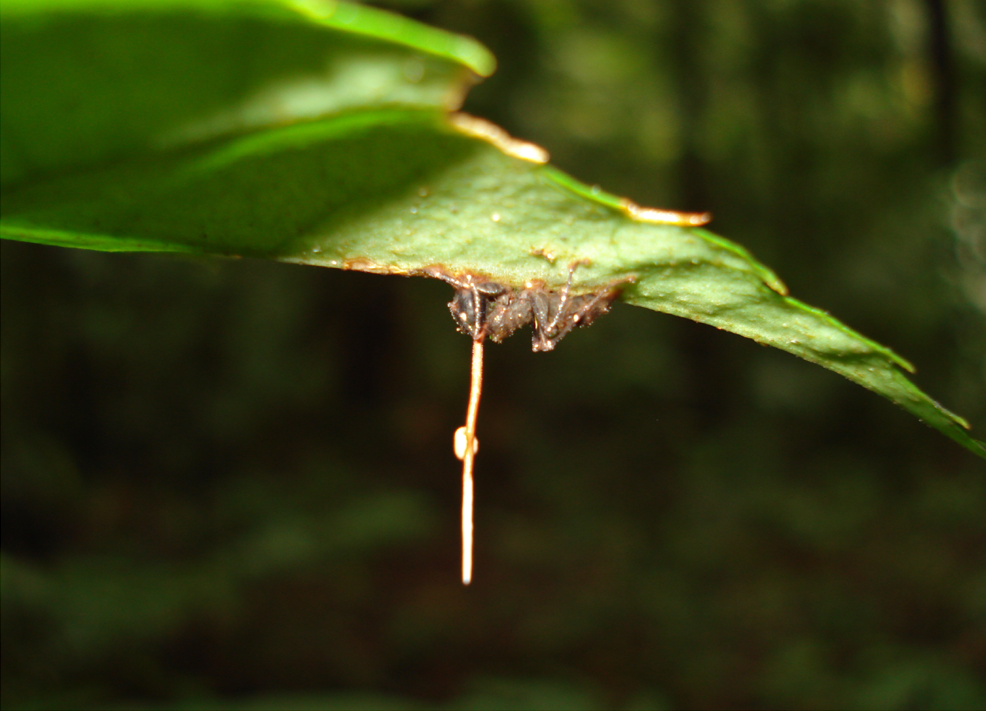
Scientists have long wondered how Ophiocordyceps exerts such detailed control over its hosts. Recent research has revealed a sophisticated cocktail of chemicals at work. The fungus releases neuroactive compounds that interfere with the ant’s brain and muscle function, essentially hijacking its “software.” Some studies suggest the fungus may even manipulate the ant’s circadian rhythms, making it climb at the ideal time of day for spore dispersal. It’s as if the fungus hacks into the ant’s operating system, rewiring its programming line by line. This is not mind control in the way we see in movies, but rather an elegant, if sinister, form of biological puppetry that blurs the line between parasite and predator.
The Evolutionary Arms Race
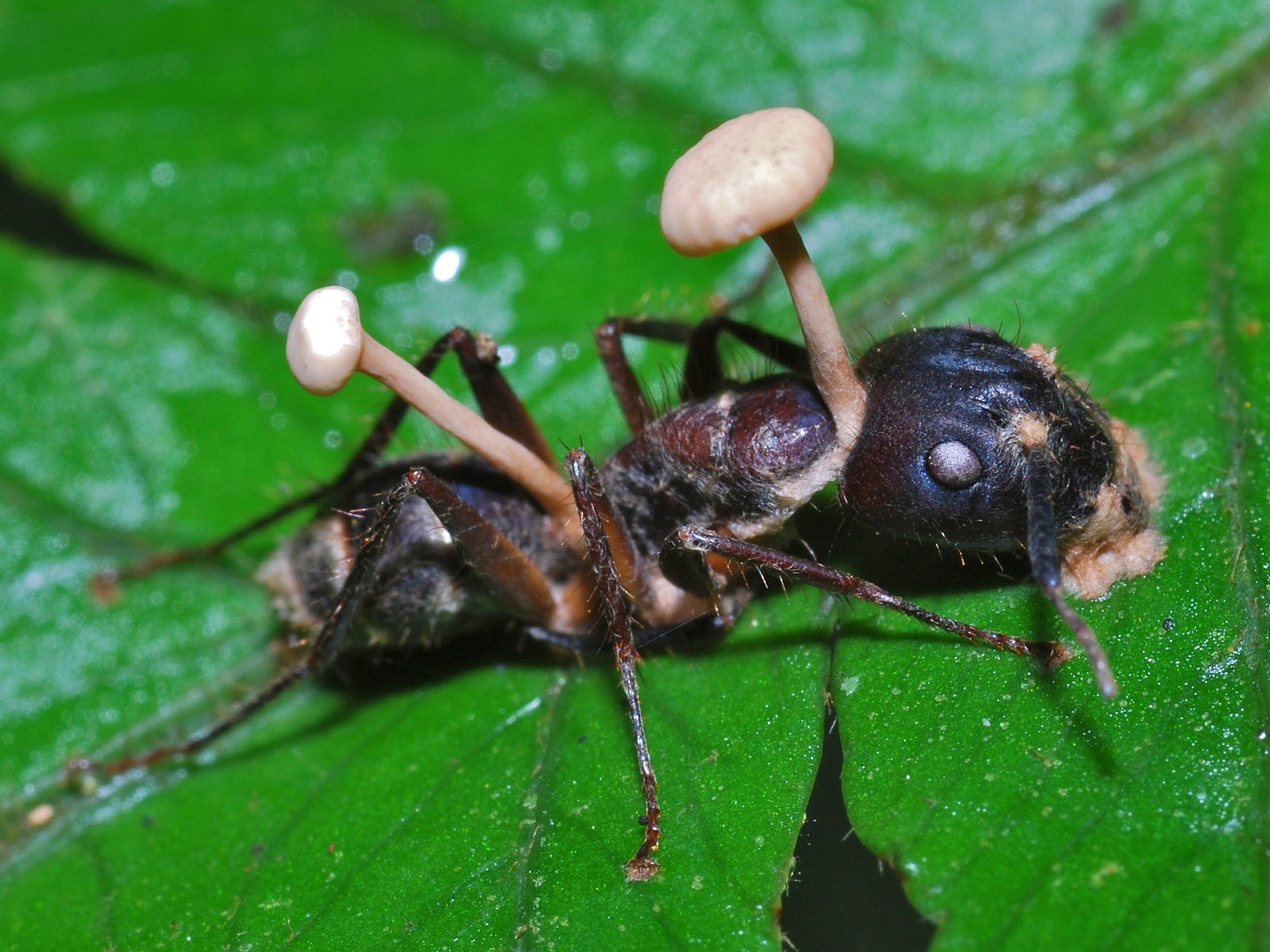
The relationship between Ophiocordyceps and ants is a prime example of an evolutionary arms race. As the fungus gets better at manipulating ants, the ants develop new defenses. Some ant species have learned to recognize infected nestmates and swiftly remove them from the colony, casting them out like lepers to prevent the spread of spores. Others groom each other more meticulously, scraping off spores before they can take root. Yet, the fungus keeps evolving, finding new ways to outsmart its hosts. This constant back-and-forth has led to some of the most finely tuned adaptations in the natural world, with each side locked in a deadly, never-ending chess match.
Species-Specific Targeting: Precision Parasitism
One of the most astonishing aspects of Ophiocordyceps is its species-specific targeting. Each fungal species can infect only certain ant species, ignoring all others. Scientists believe this is due to the fungus co-evolving with its chosen host, gradually learning its biology, behavior, and vulnerabilities. The fungus can even manipulate the ant to die in locations perfect for its growth—often at a height and orientation that maximizes spore dispersal. This level of precision is almost surgical. It’s as if the fungus has a blueprint for its victim’s life, using it to orchestrate the perfect demise.
The Zombie Ant Phenomenon Goes Global
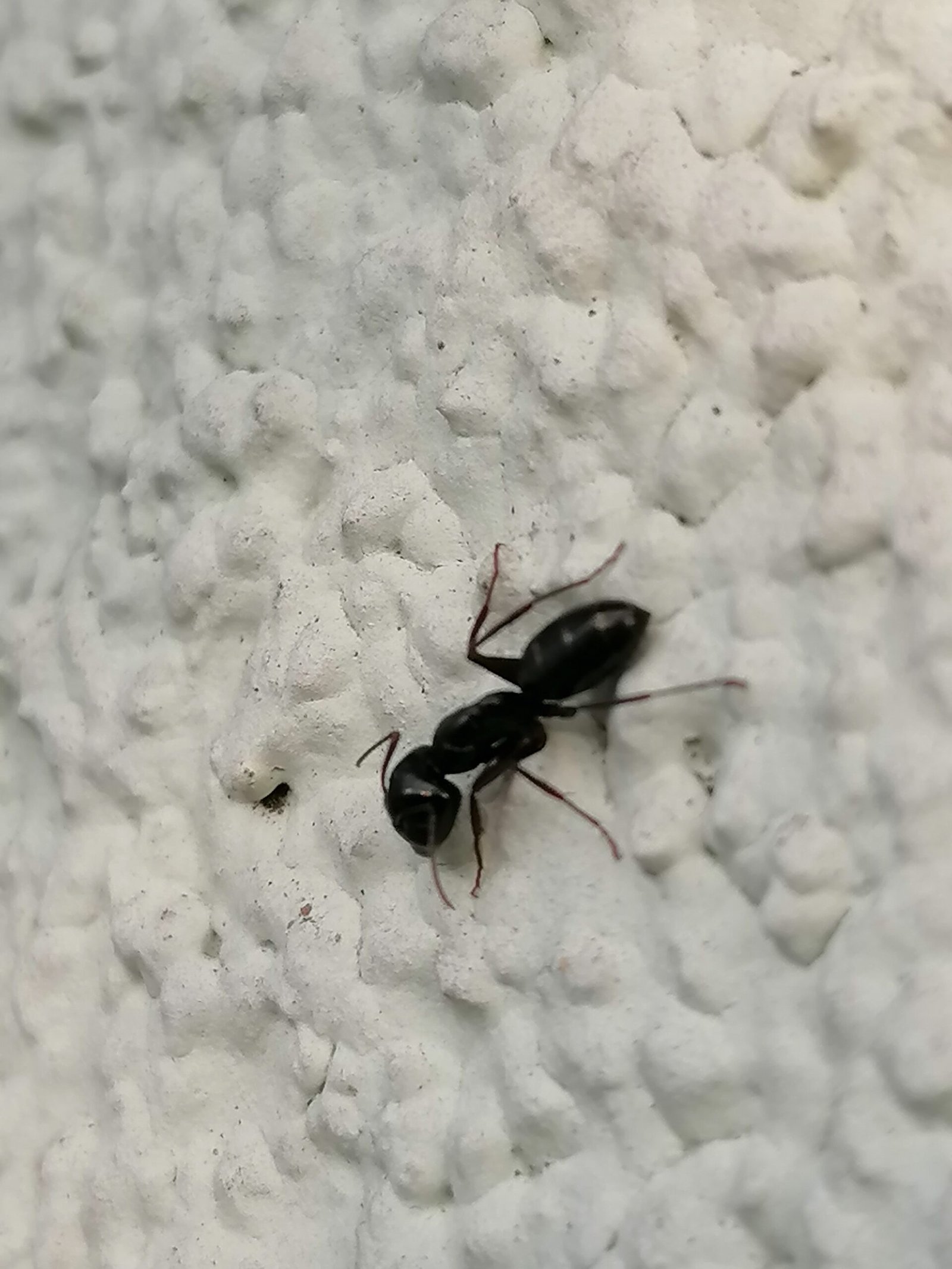
While Ophiocordyceps was first discovered in tropical rainforests, its reach is far wider than many realize. Variants of the fungus have been found in forests from South America to Asia, and even in some temperate regions. Each environment offers new challenges, pushing the fungus to adapt its methods of manipulation. In some regions, the fungus has evolved to infect not just ants, but spiders or other insects, showcasing its incredible versatility. The global spread of this phenomenon underlines a key truth: nature’s most bizarre stories aren’t confined to one corner of the world—they’re everywhere, waiting to be found.
The Role of the Environment
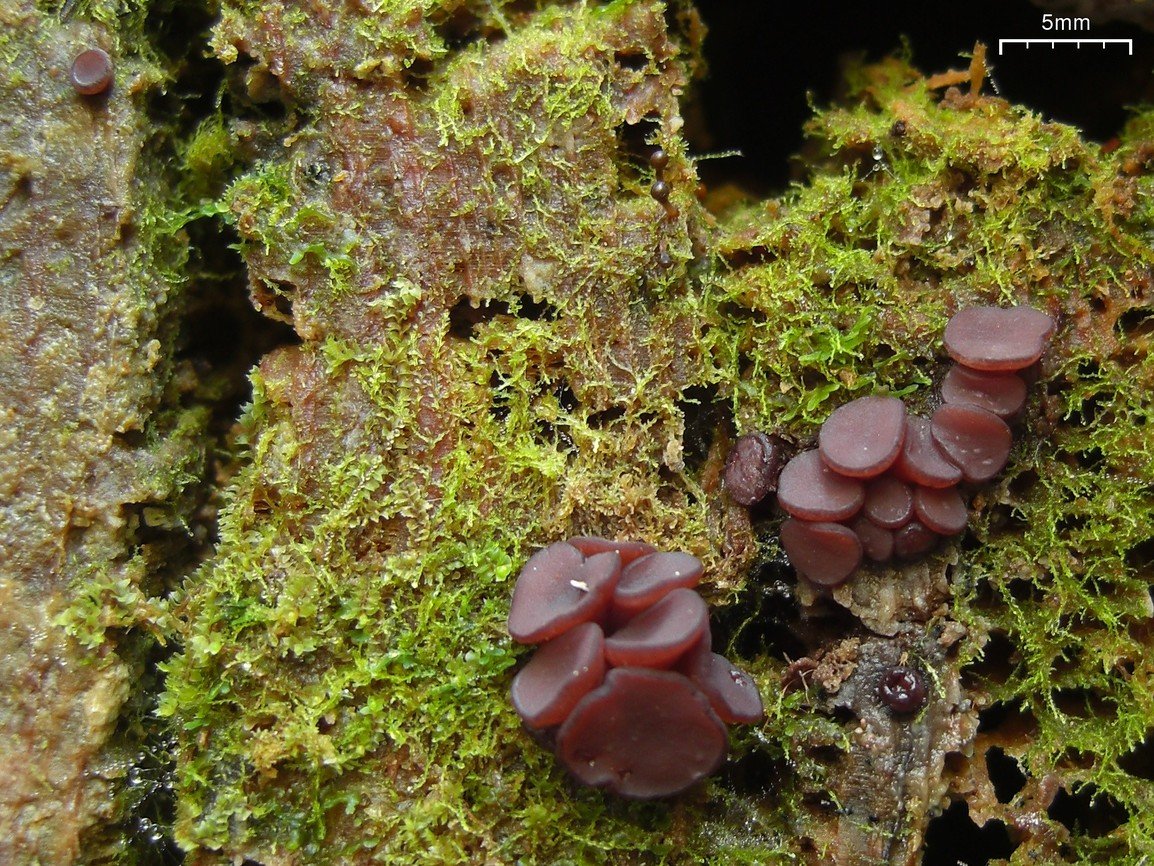
The environment plays a huge role in this deadly drama. Ophiocordyceps thrives in humid, shaded forests where spores can survive and spread easily. The fungus’s life cycle is timed to the rhythms of rainfall and plant growth, ensuring that new spores are released just when ants are most active. If the environment changes—say, due to deforestation or climate shifts—the delicate balance can be disrupted. Yet, the fungus is incredibly resilient, adapting to small changes by tweaking its timing and tactics. This environmental sensitivity also makes Ophiocordyceps a potential “canary in the coal mine” for ecosystem health, hinting at changes long before they become obvious to us.
The Ant Colony’s Defense Mechanisms
Ant colonies are not helpless in the face of this fungal menace. Worker ants often patrol their territory, searching for infected individuals. If they find one, they may brutally drag the sick ant far from the nest, sacrificing it for the good of the colony. In some species, healthy ants engage in intensive grooming sessions, meticulously cleaning each other to scrape away spores before they can take hold. There are even reports of ants sealing off infected individuals in makeshift tombs. These social behaviors are a remarkable example of collective immunity—nature’s way of fighting back against a nearly invisible foe.
The Broader Impact on Ecosystems
The effects of Ophiocordyceps ripple far beyond the individual ant. By culling sick ants, the fungus helps regulate ant populations, preventing any one species from becoming too dominant. This, in turn, affects the broader food web, influencing everything from soil health to plant life. Some scientists believe the presence of the fungus helps maintain rainforest diversity, acting as a natural check-and-balance system. The horror-movie behavior of zombie ants, then, isn’t just a biological oddity—it’s a vital part of the forest’s complex machinery, keeping everything in balance.
Fungal Life Cycles: A Symphony of Death and Renewal

The life cycle of Ophiocordyceps is nothing short of astonishing. After killing its host, the fungus sends out a long stalk from the ant’s head, which bursts and showers the forest floor with spores. Each spore is a tiny, deadly seed, waiting for the chance to begin the cycle anew. This process is eerily beautiful, with the dead ant’s body serving as both a grave and a nursery. In a way, Ophiocordyceps is both destroyer and creator, recycling life in a never-ending loop of death and renewal.
Fungal Mind Control Beyond Ants
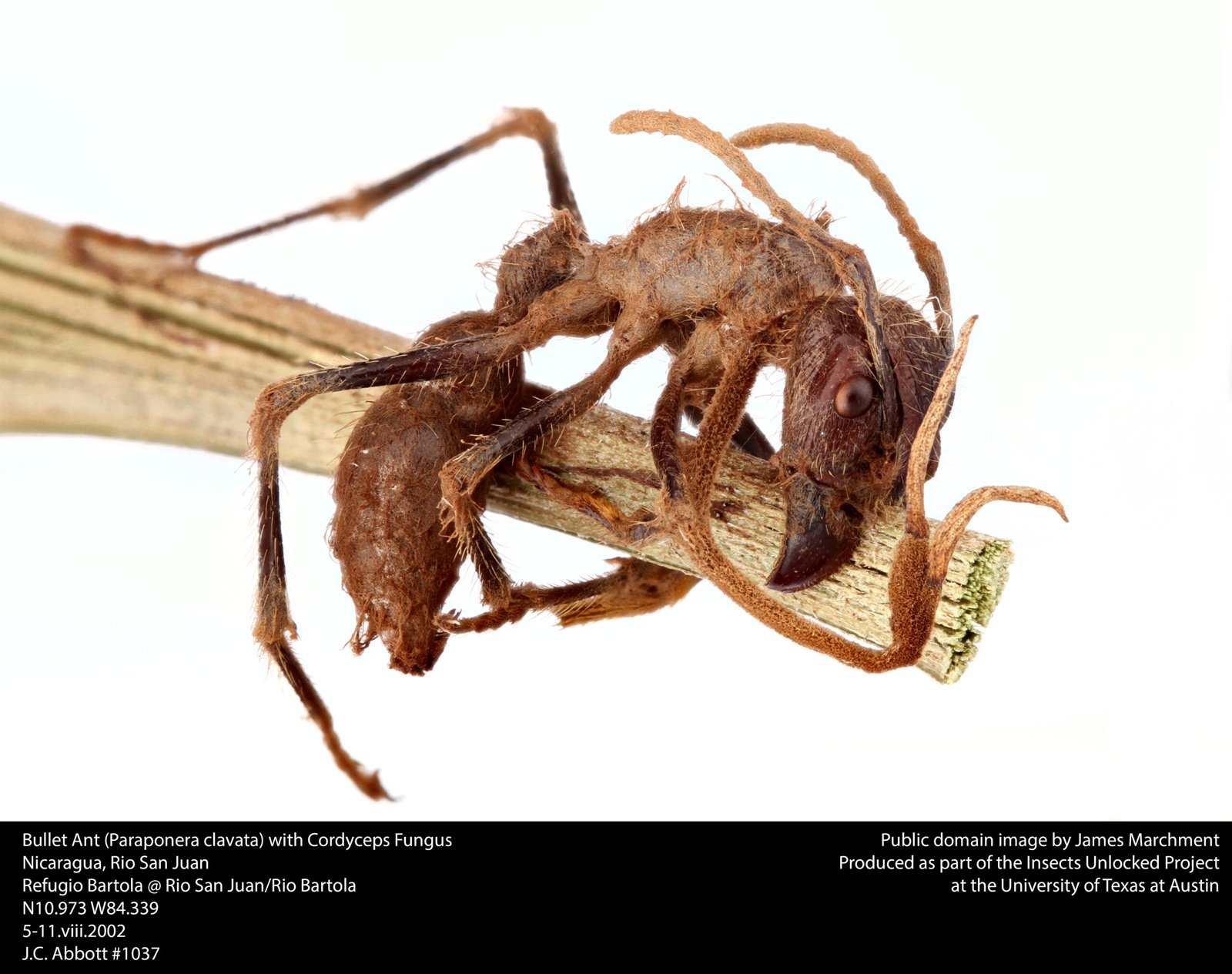
While ants are the most famous victims, Ophiocordyceps isn’t picky about its targets. In some regions, scientists have documented fungal species that manipulate other insects, including wasps, caterpillars, and spiders. Each time, the fungus tailors its tactics, finding the best way to control its host’s mind and body. This ability to leap between species—and invent new forms of manipulation—makes Ophiocordyceps one of the most adaptable parasites on the planet. The sheer diversity of these fungi highlights the endless arms race between host and parasite that shapes the natural world.
Human Fascination With Zombie Ants
It’s no wonder that stories of zombie ants have captured our imagination. The idea of a mind-controlling parasite sounds like something from a nightmare, yet it’s all too real. Writers, filmmakers, and artists have all drawn inspiration from this phenomenon, weaving it into tales of horror and wonder. For many, the story of Ophiocordyceps is a reminder of nature’s power and unpredictability—a force that, for all our science, we still barely understand. It’s a humbling thought, one that brings us back down to earth and reminds us of our place in the web of life.
Medical and Scientific Curiosity
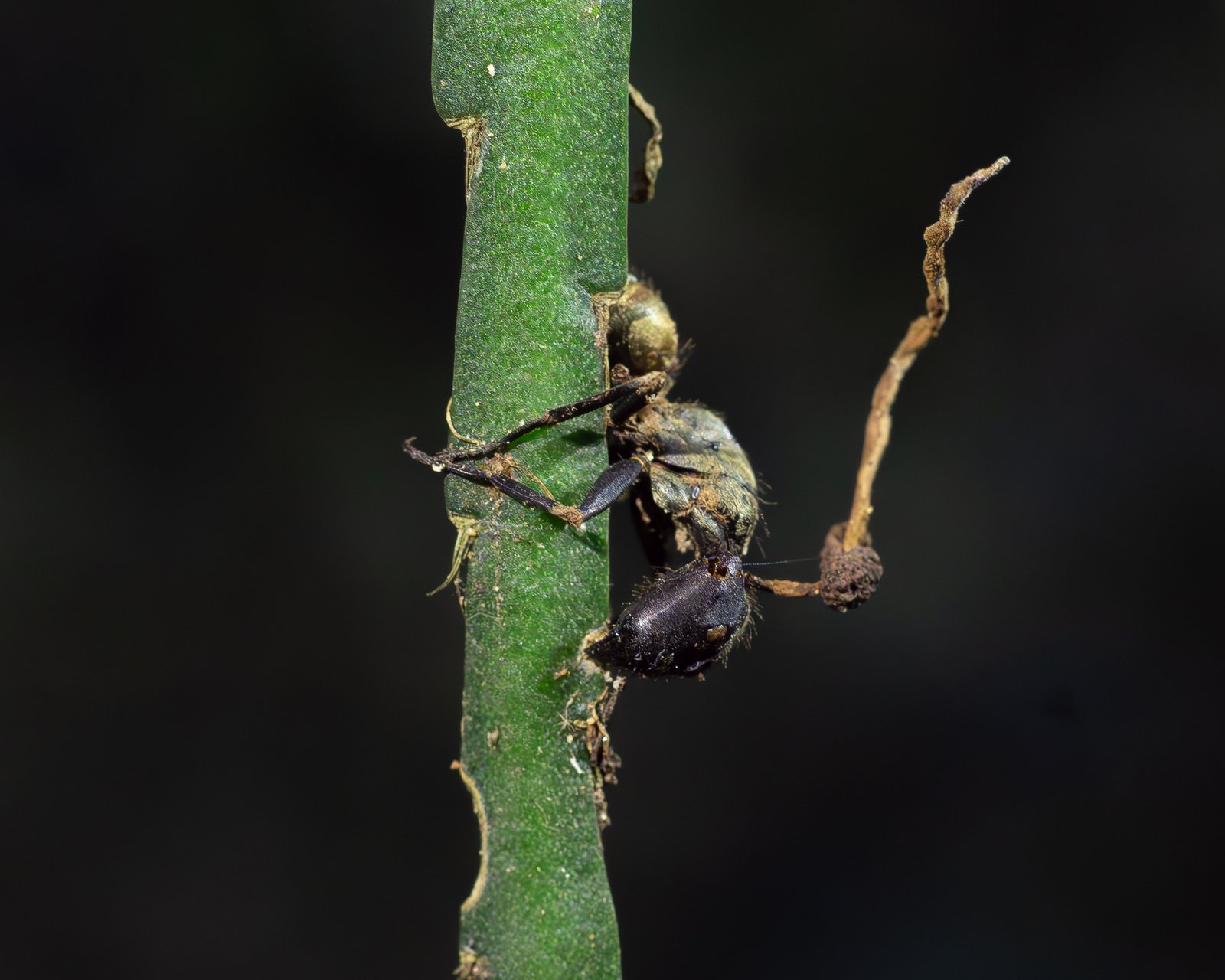
The unique abilities of Ophiocordyceps have sparked intense scientific curiosity. Researchers are probing the fungus’s chemical arsenal, hoping to uncover new drugs or treatments for human diseases. The way the fungus manipulates nerve cells could offer clues for treating neurological disorders, while its ability to target specific hosts may inspire next-generation pesticides. There’s even talk of using Ophiocordyceps compounds to develop novel antibiotics. In every spore and stalk, scientists see not just a parasite, but a treasure trove of potential discoveries waiting to be unlocked.
Climate Change and the Future of Parasitic Fungi
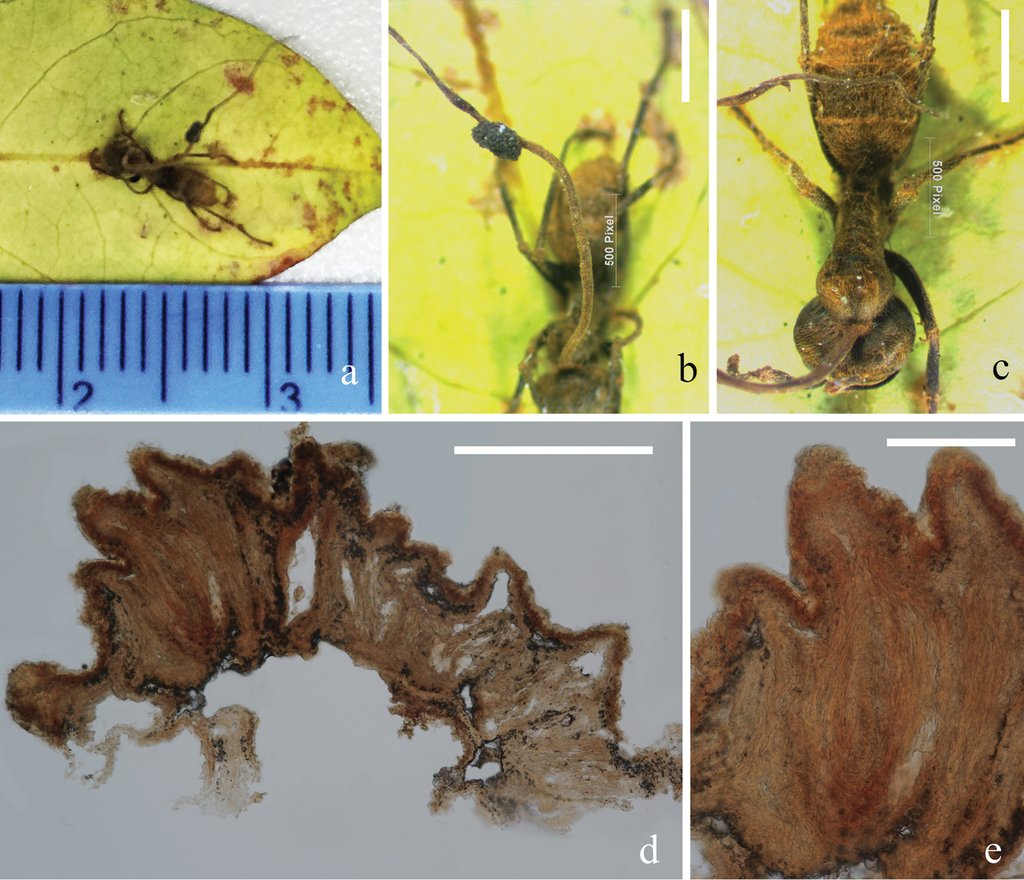
As the planet heats up and weather patterns shift, the world of zombie ants faces new challenges. Some researchers worry that rising temperatures could disrupt the delicate timing of the fungus’s life cycle, making it harder for spores to find new hosts. Others fear that habitat loss could drive both ants and fungi to the brink, unraveling the intricate relationships that have evolved over millennia. At the same time, climate change may open new frontiers, allowing Ophiocordyceps to expand into uncharted territories. The coming decades will be a test for both parasite and host—a drama with no guaranteed outcome.
The Role of Ophiocordyceps in Popular Culture
Beyond the scientific world, Ophiocordyceps has become a pop culture sensation. From blockbuster video games and TV series to viral internet memes, the concept of mind-controlling fungi has seeped into our collective consciousness. The imagery is both terrifying and irresistible: tiny creatures turned into zombies, their fate sealed by an unseen enemy. For many, these stories are more than just entertainment—they’re a way to grapple with our own fears about control, autonomy, and the mysteries lurking just beneath the surface of everyday life.
Lessons From the Zombie Ant Fungus
The saga of Ophiocordyceps offers powerful lessons about the natural world. It shows us that evolution doesn’t always favor the biggest or strongest, but often the most cunning and adaptable. It reminds us that even the tiniest organisms can shape entire ecosystems, bending life and death to their will. Most of all, it challenges our assumptions about control: in nature, nothing is ever truly safe or predictable. The story of the zombie-ant fungus forces us to confront our own vulnerability—and, perhaps, to marvel at the strange beauty of life’s endless games.
What Could This Mean for Human Health?
While the thought of a fungus controlling human behavior makes for sensational headlines, there’s currently no evidence that Ophiocordyceps or its relatives pose a threat to people. Still, the mechanisms it uses to invade, manipulate, and survive are of immense interest to doctors and researchers. By studying how the fungus targets specific tissues and bypasses immune defenses, scientists hope to learn new ways to fight infections, treat cancer, or even deliver drugs more efficiently. The zombie-ant fungus might never threaten humanity, but it just might help save us.
The Ongoing Mysteries of Fungal Parasitism
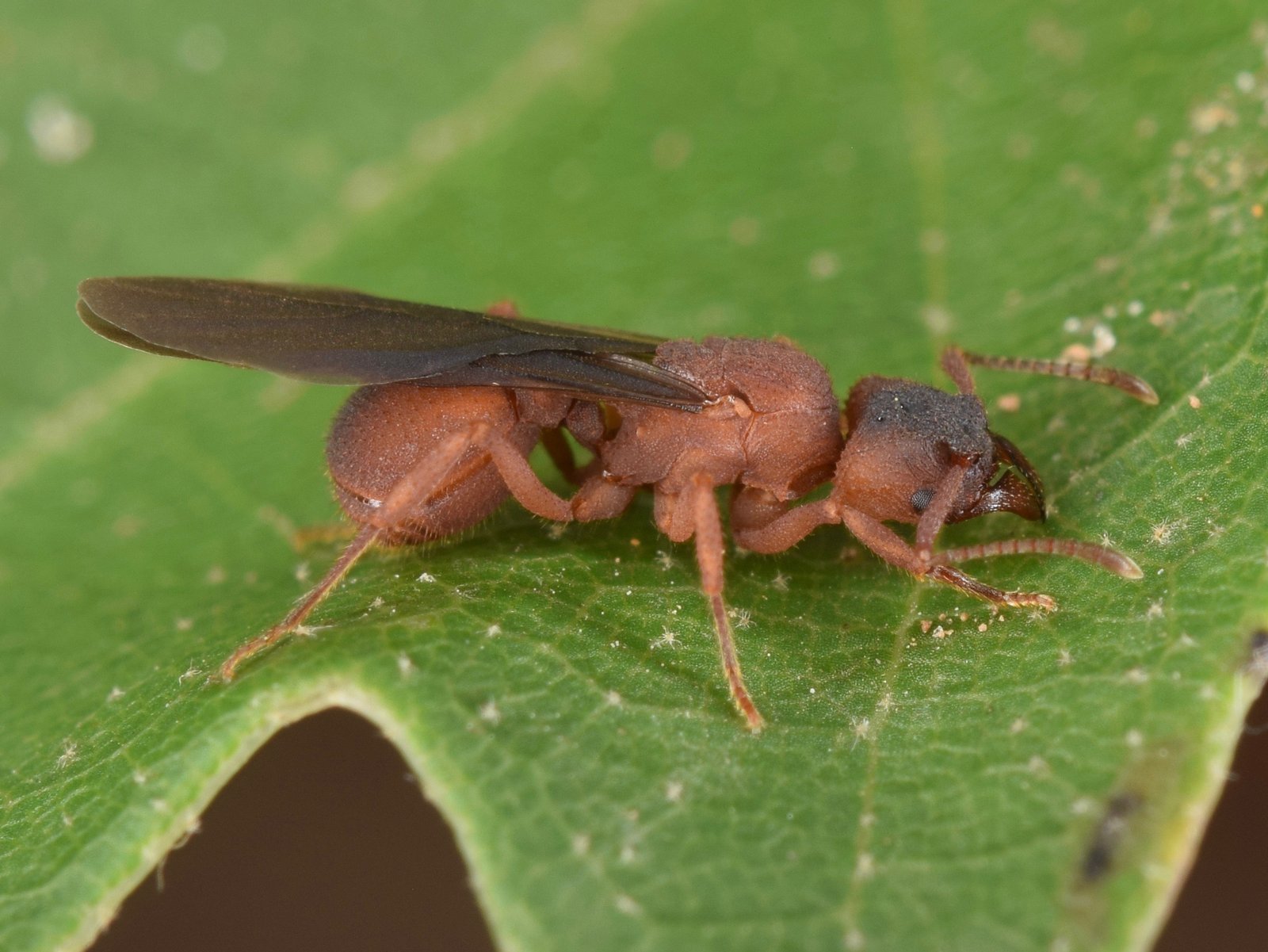
Despite decades of research, many mysteries remain. How does the fungus “know” exactly when and where to force the ant to die? What triggers the release of spores at just the right moment? And could there be undiscovered species out there, manipulating other unsuspecting hosts in ways we’ve yet to imagine? Each discovery only deepens the enigma, sparking new questions and possibilities. For every answer, nature reveals a dozen new riddles, reminding us that the world is far stranger—and more wonderful—than we ever dreamed.
Reflections on Nature’s Dark Genius
The tale of the zombie-ant fungus is a window into nature’s dark genius—a reminder that survival often means thinking outside the box, even if that means rewriting the rules of life itself. It’s humbling, a little terrifying, and deeply inspiring. As we peel back the layers of this bizarre relationship, we come face to face with the raw creativity of evolution. Who would have guessed that a single spore, no bigger than a speck of dust, could unleash such drama? And what other secrets might be hiding in the shadows, waiting for us to discover them?

